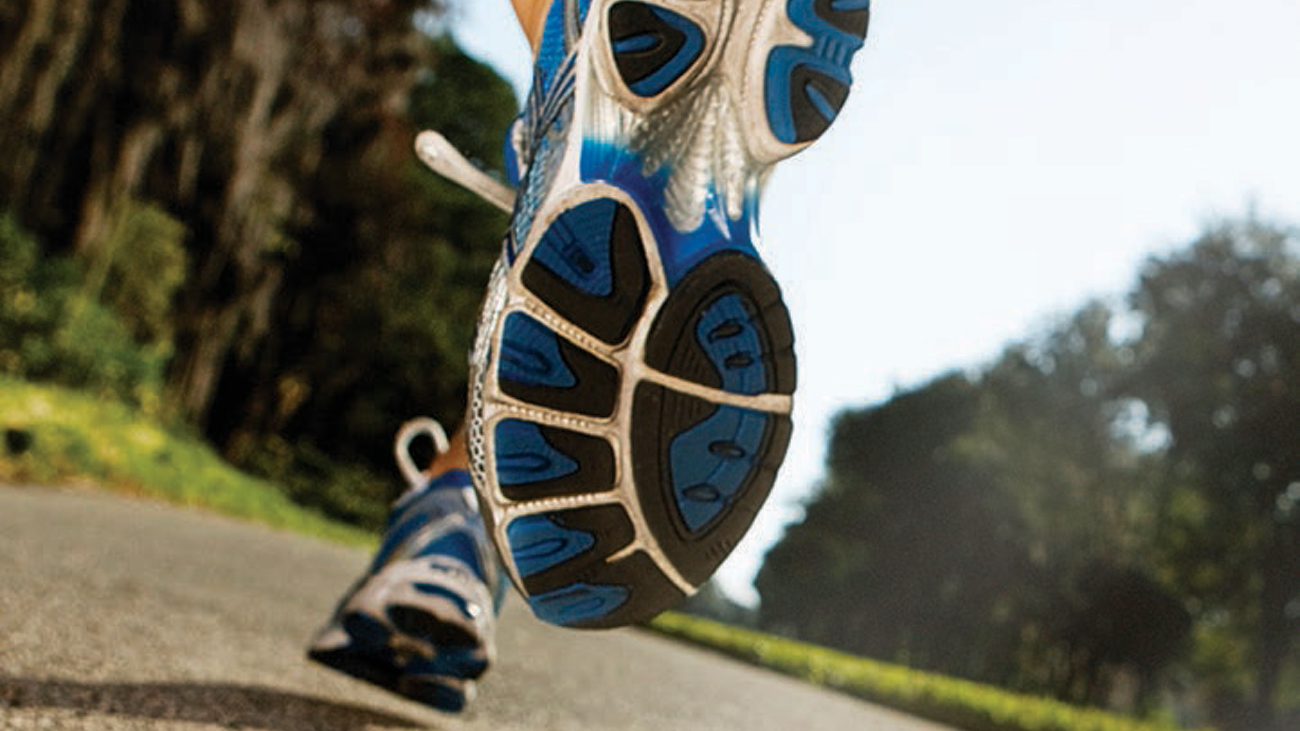
“I don’t run,” Jennifer Hunter told her mentor when she was invited to train for a charity run while articling at Miller Thomson LLP’s Toronto office in 2006. But she went for it anyway, “and running with all those people, with spectators cheering us on — I was hooked.”
Now Hunter, who’s a partner at Lerners LLP, grabs her iPod nano and goes for a run four times a week. She’s completed three half-marathons (21 km a pop) and numerous 5- and 10-km charity runs, often alongside her coworkers.
The sport is competitive, but also stress relieving. You can slip in a quick jog in the early morning, at lunch or when you’re on the road. It’s also a great way to see a city — Hunter is fond of going around the lake in North Bay when she’s there for work. Plus, you can burn up to 400 calories running a breezy 5 km.
“A fast, hard run helps to work out stress and frustration,” says Hunter. “A long, slow run helps me focus and work out a problem, whether personal or work-related. Even if I’m tired and don’t want to go, I always feel better afterward.”
If you’re convinced that running might be for you, here’s how to get started.
Read up
The sensibly named Running Room’s Book on Running by John Stanton acts like the Joy of Cooking for the sneaker set. It’s a pretty definitive manual, covering everything from how to prep for a marathon (that’s 42 km; no need to rush into that one) to what to wear while training.
Stay limber
Avoiding injury starts with a gentle warm-up, followed by good, deep leg stretches of your quadriceps, hamstrings and calves after your run, says Randy Belyea, regional area manager for the Running Room in Edmonton. Run on soft surfaces like asphalt or a chip trail (sidewalk cement is tough on joints), mix up your routes so your muscles stay balanced and run every other day so you can rest and repair.
Join in
Lots of firms have teams that train together for charity runs. Alternatively, organizations such as the Running Room and Lululemon often lead clubs that meet regularly and offer free instruction, as well as companionship and motivation.
Chill out
“Most injuries happen when you do too much too soon,” says Belyea. Gradually increase how long you run and how fast. “Don’t let anyone else set your goals. Listen to your body and go out when you can,” says Hunter.
Pavement patter
Runners have a language all their own:
Leg turnover
Not a post-jog snack, but the number of steps you take in a given time. The gold standard is 90 steps per minute. Use a watch or smartphone to time yourself and count the steps one leg takes in a minute.
Lactate threshold
This is why runners train on hills: to increase their bodies’ ability to tolerate lactic acid buildup in their muscles so they can handle longer, more intense runs. Interval training helps increase your lactate threshold.
Walk-run
An interval training approach where you run for a bit, then briskly walk. Newbies start with a one-minute run then a six-minute walk, working up to 10 minutes of running with a oneminute walking break.

This story is from the 2015 edition of PrecedentJD Magazine
